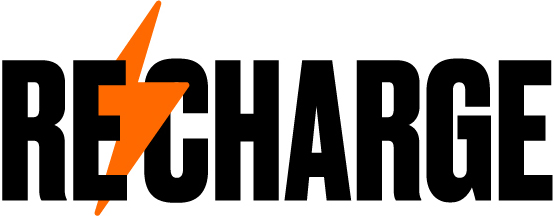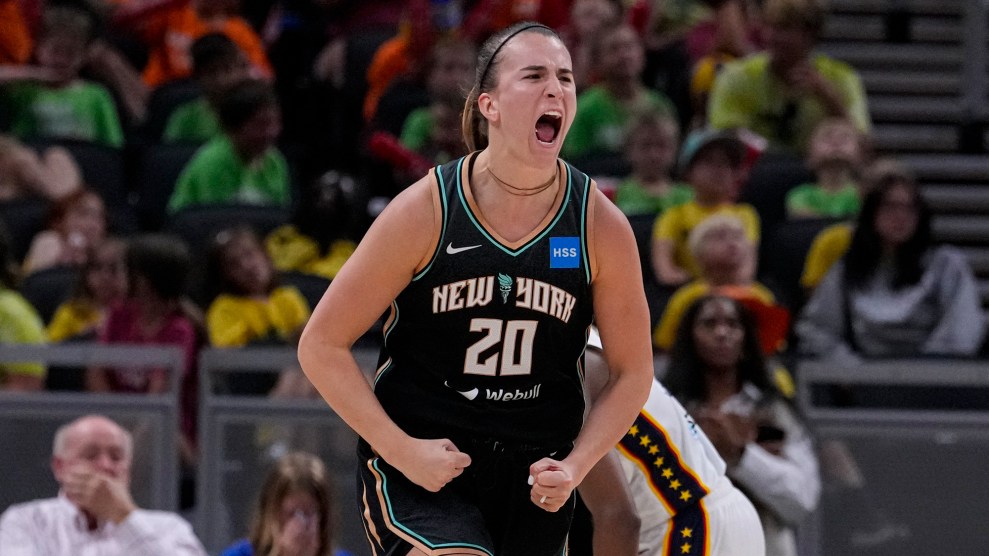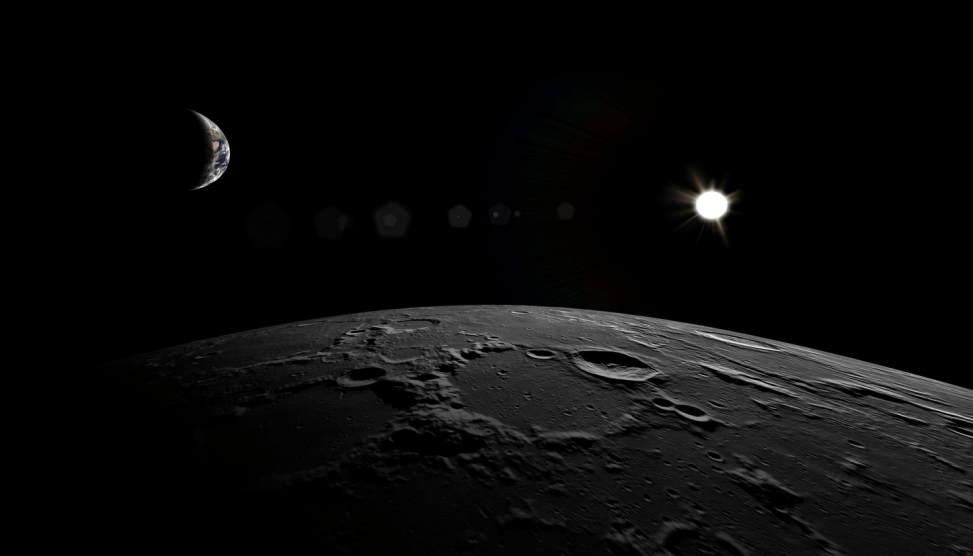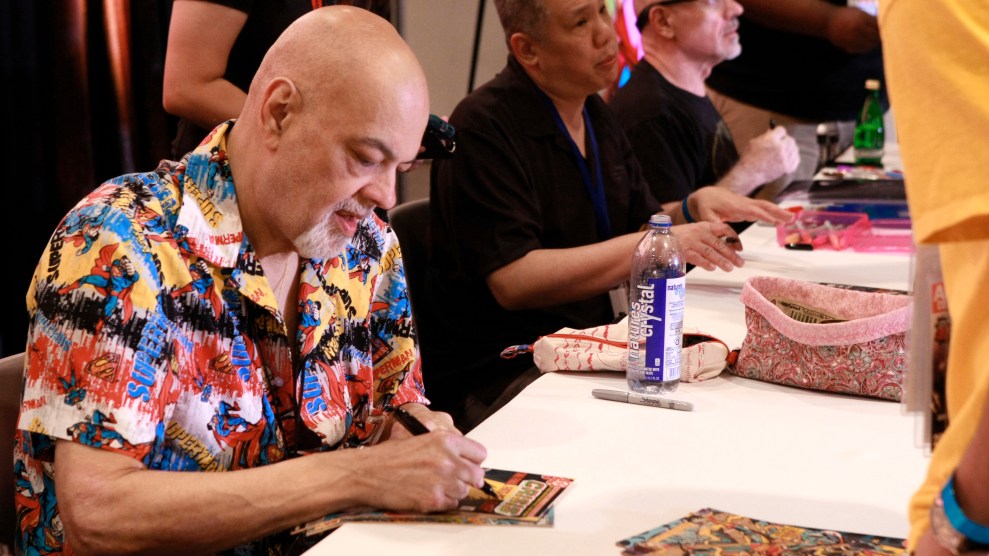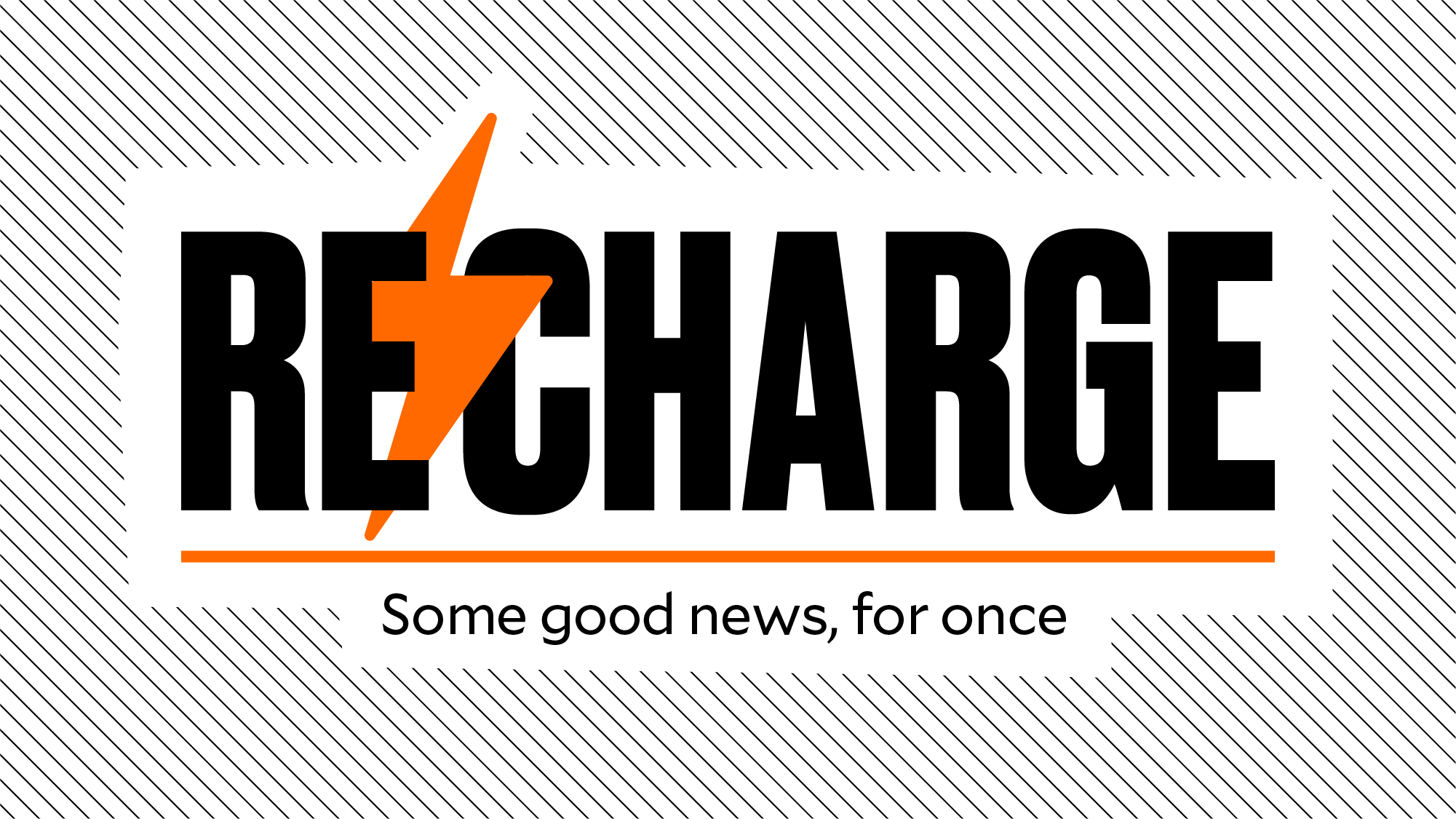In a milestone for press freedom, reporters covering political protests will be allowed to enter areas closed to the general public without interference from cops in California. The law, taking effect in January, extends protections that reporters already have in emergency zones—like wildfires and evacuation sites—to rallies and demonstrations. One would’ve thought this was constitutionally protected practice, but state and local laws shake out variably. Arrests and assaults have recently included a radio journalist shot in the throat by a rubber bullet; a photographer shot at by rubber bullets while wearing a press pass and a visible press jacket; and the zip-tying of a reporter who’d identified himself as a member of the press.
Opposing the law were police chiefs’ groups and other officers claiming that giving “nearly unfettered access to an emergency” zone could imperil law enforcement. But the measure passed with overwhelming majorities, and reporters will be shielded from citation for refusing to disperse or violating curfew.
Harm’s way isn’t new to reporters in conflict zones. But the hazards were pronounced during last year’s protests. As Mother Jones contributor Wil Sands documented in a powerful photoessay, he and others have unwillingly joined what they call the Shot in the Eye club. During the uprising, the group’s members—across the country—were hit with “less lethal” ammunition in the face. After losing his retina to a tear gas canister while photographing a protest, he began organizing. His photos are a jolting reminder of what’s on the line.
One more for press freedom: The Nobel Peace Prize was awarded days ago to two reporters fighting authoritarianism, Maria Ressa of the Philippines and Dmitri A. Muratov of Russia, honored for uncovering corrupt forces hostile to public disclosure.
Keep more press wins coming to recharge@motherjones.com.
